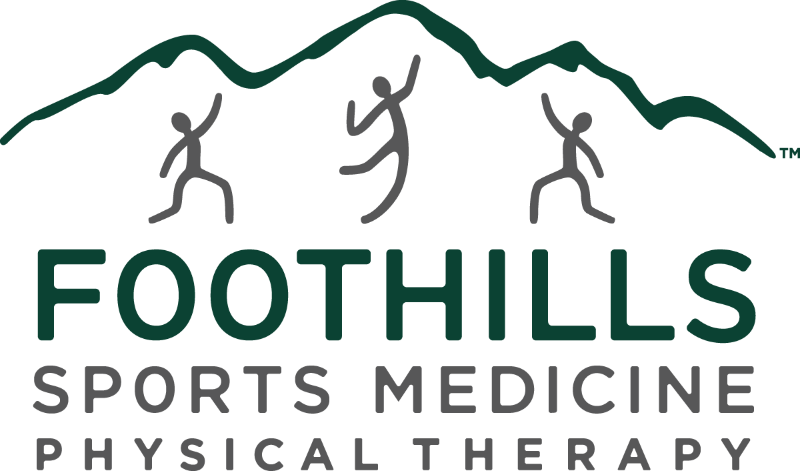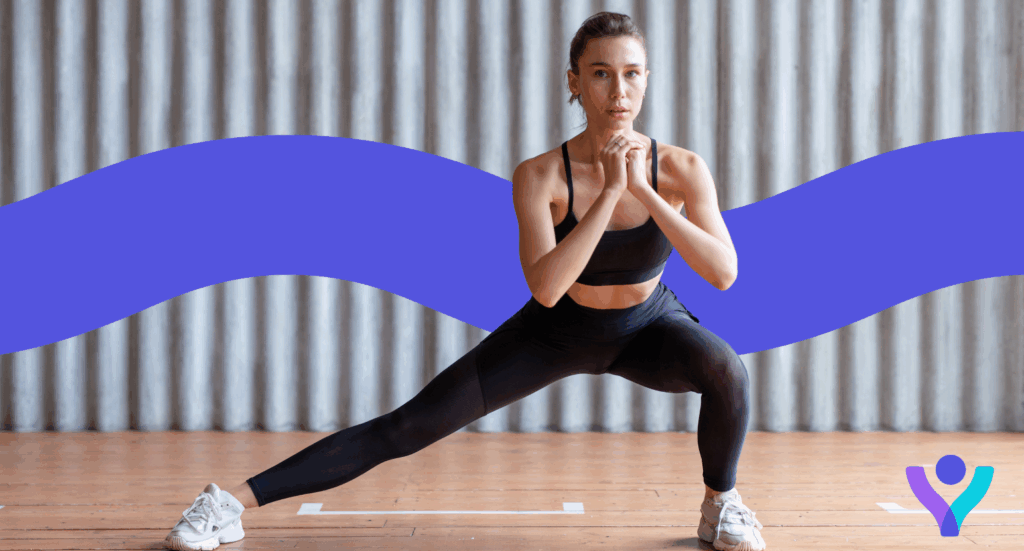Cross-training, in reference to running, is when a runner trains by doing another kind of fitness regimen such as swimming, cycling, or resistance training to supplement their running. Cross-training is believed to build strength and flexibility in muscles that runners don’t utilize. Cross-training is known to prevent injury by correcting any muscle imbalances that might be present from prolonged training in one particular sport. The change in movement and activity may also help prevent boredom or burnout.
Running is a physically demanding sport and researchers have estimated that about 37-56% of regularly training runners sustain an injury each year. Many runners utilize cross-training to introduce other forms of exercise into their routine, allowing them to train at a greater intensity without getting injured. Cross-training can also be utilized once an injury has already occurred, allowing the athlete to maintain or even improve their performance during recovery. Common modes of cross-training include cycling, swimming, yoga, Barre, walking, martial arts, golf, kayaking, rollerblading, and many more.
Cycling can help improve your cardiovascular fitness along with aiding in your recovery if you are injured. It works many of the same leg muscles and substitutes some of the constant pounding and landing pressure while still getting a solid aerobic workout.
Swimming is also a great form of cross-training because it is going to work the same muscle groups and add in an upper body and core component to your workout. Swimming is also a good aerobic workout, again without the pounding forces on your lower extremities, aiding in further recovery.
Yoga and Barre class can also aid in flexibility, strength and conditioning for running. Yoga can help runners achieve increased flexibility for tight or overused muscles and Barre can help aid in strengthening underused muscles and prevent injury.
Walking is one of the simplest ways to cross-train, especially during recovery, because you are utilizing the same muscle groups and it’s usually not as that higher intensity which can help further aid in the healing process.
HIIT training is growing to be one of the most popular workouts, and especially great for those who don’t have much time to squeeze in a workout on a hectic day. High-Intensity Interval Training workouts are designed to achieve an all-out, 100% effort in intense short burst exercises followed by short recovery periods.
Martial arts can help improve strength, balance and focus in long distance runners and golf can actually improve aerobic capacity, if you’re actually the one lugging those 15-25 pounds bags around the course.
Kayaking is shown to help upper body strengthening in runners and helps long distance runners recover quicker due to the mental break and exposure to nature or calming waters.
Rollerblading can help improve cardiovascular fitness and decrease the landing pressure of running, giving your joints a little break from the repetitive pounding of a long distance run.
Whether you’re cycling to improve your cardiovascular endurance or participating in yoga to improve your flexibility and focus, cross-training is a great way to prevent injury or recover from a current injury without keeping you off the road or out of the race for too long.
If you’re struggling with an injury leading up to the marathon, don’t lose hope. We’re here to help get you there. Visit our website to schedule a FREE Rapid Recovery Injury Assessment today.
How Cross-Training Can Help Prevent Injury and Boredom for Distance Runners




